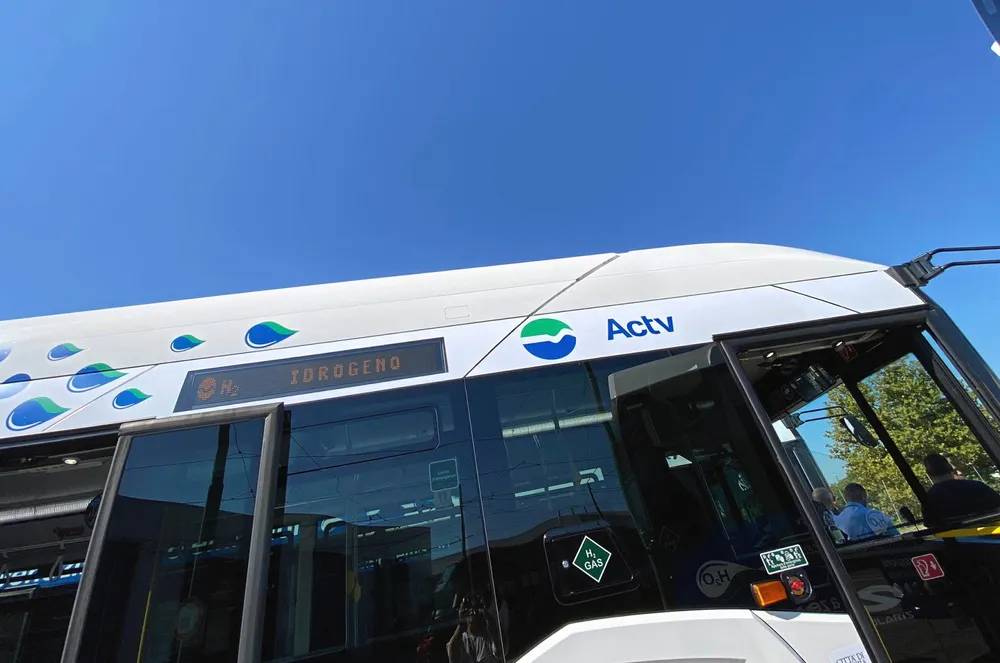But won’t they sink in the canals? Venice buys 90 hydrogen buses with €58m from Italy's post-Covid fund
Polish manufacturer Solaris has now sold 220 fuel-cell buses to northern Italian cities this week

Polish manufacturer Solaris has now sold 220 fuel-cell buses to northern Italian cities this week
